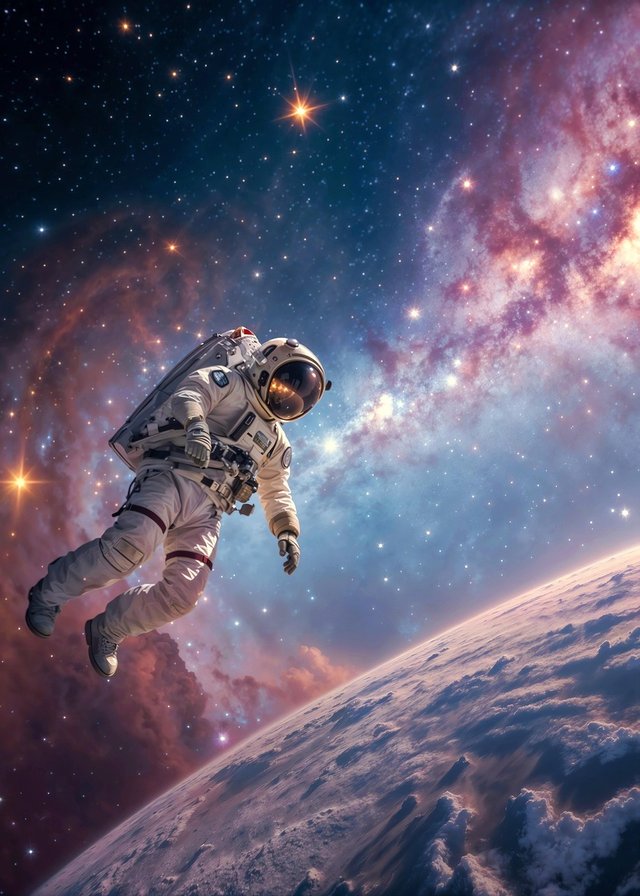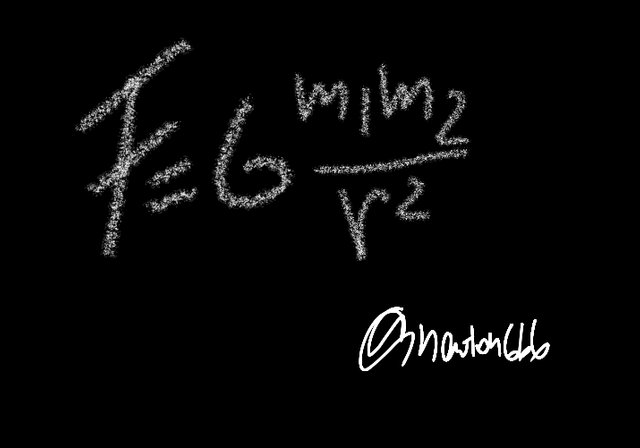Astrophysics and Space as Part of Science

Pixabay
By observing the electromagnetic radiation emitted by celestial objects or bodies in ground-based and satellite telescopes, specialists have been able to learn such phenomena as the ingenuity of the universe or the elaboration of the elements. Astrophysics not only tries to find out in such a way what is in the cosmos, but it is also a source of advice on the origin of everything that is, even the simplest things
One of the fundamental equations used in astrophysics is "Newton's law of universal gravitation", which is found between two bodies with mass, attracting to each other a force proportional to the product of their masses and proportionally inverse to the square of the distance between them; which takes the form of the following:

Where F is the gravitational force, G is the universal gravitational constant, m1 and m2 are the masses of bodies, and r is the distance between them. For this purpose, it has been used in several predictions and has served as a basis for explaining the motion of planets, the behavior of stars, and the dynamics of entire galaxies.
Astrophysics is a bridge between theoretical physics and space exploration, it shows to what extent human knowledge can reach cosmic dimensions, it is impressive that thanks to this science the scientific narrative about our origin and our end has been built. It also awakens curiosity and the desire to explore: it proves that our knowledge is in space and at the same time in the search for roots in the world.
Bibliographic Reference
Non-Visual Astronomy: A Not-So-Limited Look at the Universe by Enrique Pérez Montero, 2023.
Astrophysics and Global Cosmology: Global Physics by José Tiberius, 2019.